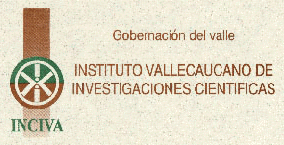|
|
 |  |
|---|---|
Botanical Inventory of the Río Escalerete Reserve |
The Río Escalerete Reserve lies on the Pacific coast of Colombia near Buenaventura, in Valle Department, San Cipriano sector. This reserve comprises about 10,000 hectares of mature rainforest that contains a flora with a very high diversity of species. General collecting for the last several years and the census of several 0.1-hectare transects, by Wilson Devia of the INCIVA-TuluáÝ Botanical Garden (Valle, Colombia) and Alvaro Cogollo and Dairon Cárdenas of the Medellín Botanical Garden (Antioquia, Colombia), have identified the Río Escalarete forest as poorly known and very diverse. More recently, two permanently marked tree plots have been established by Wilson Devia (wildevia@tulua.teletula.com.co, Charlotte Taylor of the Missouri Botanical Garden, Alvaro Cogollo, and collaborators, with support from the National Geographic Society.
This reserve protects the watershed of the Río Escalerete, a tributary of the Río Dagua. It lies at about 30°50'N and 76°52'W, at an elevation of 50-800 m; our work is concentrated on the part of the reserve that lies at about 100-400 m. The Río Escalerete Reserve is managed by an agreement between the Valle Department Development Corporation (CVC), the Departmental water management agency, ACUAVALLE, the municipality of Buenaventura, and the San Cipriano community, and our research here is conducted in collaboration with these agencies. This area receives 7000-8000 mm of rain annually, and lies in the Chocó biogeographic region.
Project work is currently focussed on identification of specimens for compilation of a checklist, and analysis of the data from the permanent tree plots. Recensus of the tree plots is planned on a biennial basis. The preliminary checklist is being posted as it is compiled, family by family.
This project is one of several the Missouri Botanical Garden currently has underway, which are targeted at accessible sites in several of the most poorly known ecosystems of Colombia.